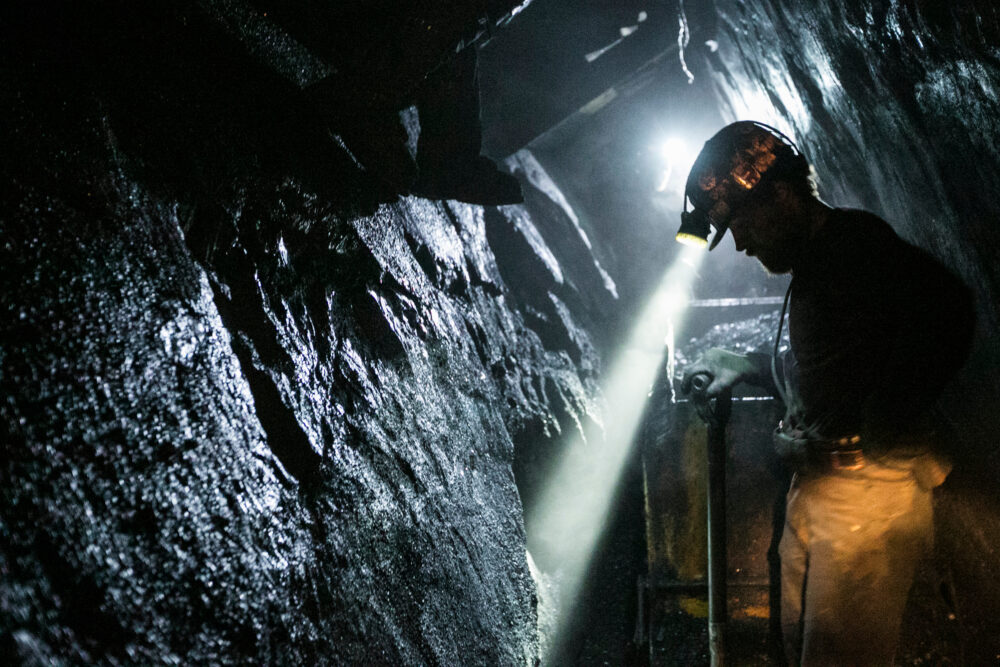EPA Issues New Airborne Silica Regulations to Fight Increase in Black Lung Disease
The new regulations come as health experts have seen an increase in black lung disease among miners, linked to exposure to airborne silica.

Federal environmental regulators have issued new regulations designed to limit exposure to airborne silica, as part of an effort to protect miners from serious and life-threatening illnesses, such as black lung disease.
The U.S. Environmental Protection Agency (EPA) published the new rule in the Federal Register (PDF) this week, which includes requirements for sampling and medical surveillance for silica, to address occupational exposures.
Respirable crystalline silica is commonly found in rock, and has been categorized as a human carcinogen by the International Agency for Research on Cancer. Exposure to crystalline silica is known to lead to serious irreversible health effects or death when inhaled by miners. When inhaled, the silica particles become trapped in the lung tissue, causing scarring and reduces the lung’s ability to take in oxygen, putting workers at risk for serious health complications.

Did You Know?
AT&T Data Breach Impacts Millions of Customers
More than 73 million customers of AT&T may have had their names, addresses, phone numbers, Social Security numbers and other information released on the dark web due to a massive AT&T data breach. Lawsuits are being pursued to obtain financial compensation.
Learn MoreThe new rule comes as miners face an uptick in reports of black lung disease, which is commonly diagnosed in coal miners, since it is caused by inhalation of coal dust. This disease causes scarring in the lungs which impairs one’s ability to properly breathe.
The effects of silica exposure have been known for decades, originally catching the public’s attention after the Hawks Nest Tunnel Disaster in 1930. It was one of the worst Industrial disasters in U.S history, claiming the lives of hundreds of miners after they contracted lung disease from inhaling Silica.
EPA’s New Airborne Silica Regulations
The new regulations go into effect on June 17, 2024, and involve several key provisions, including a permissible exposure limit (PEL) for silica set at 50 micrograms per cubic meter of air during an entire 8-hour shift. The regulations also involve mandated exposure monitoring, compelling mine operators to conduct sampling to monitor miners’ silica exposure.
In addition, the EPA will require immediate reporting of overexposure to the Mine Safety and Health Administration by mine operators, as well as mandatory respirator usage by mine operators when silica levels exceed the PEL and medical surveillance, ensuring medical examinations are provided to all miners.
Coal mine operators will have 12 months to meet the requirements of the final rule, whereas metal and non-metal (MNM) mine operators are granted a 24-month period to achieve compliance.
Those with questions about the new regulations can contact S. Aromie Noe, Director of the Office of Standards, Regulations, and Variances at MSHA, at silicaquestions@dol.gov (email), 202-693-9440 (phone), or 202-693-9441 (fax).





0 Comments